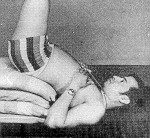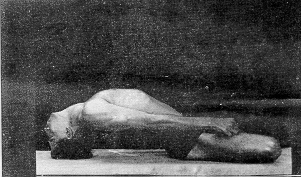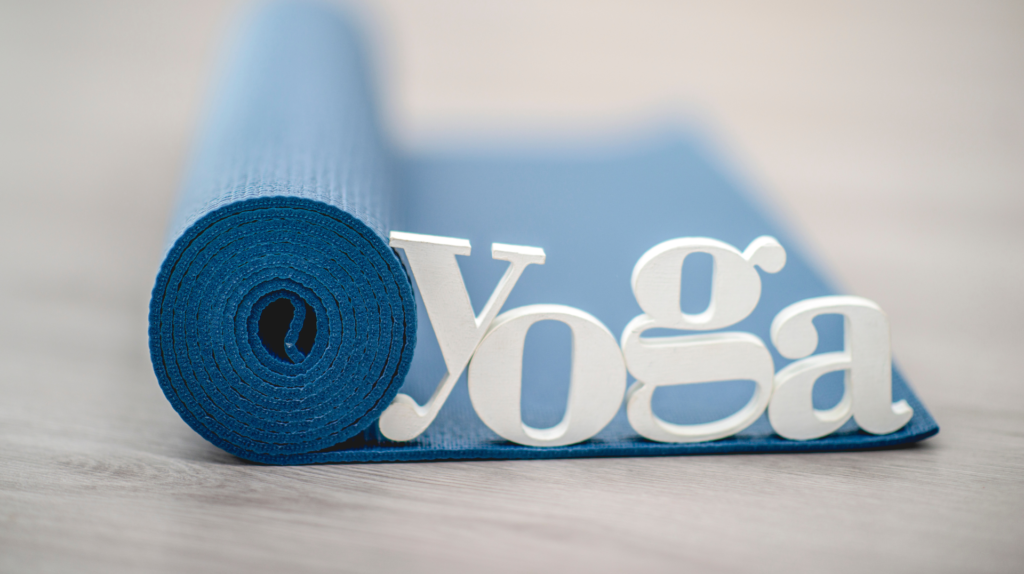What is the extent of pollution in Bhārat?
Pollution covers all the primordial elements (pañcabhūta) – earth, water, fire, air and space. In Earth, these manifest as sludge, plastic waste, desertification, landfills, carcinogenic dumping etc. However, the impact of this is not directly felt by us. Next, the pollution in water is more direct as the toxicity in the water directs affects critical organs like the kidneys.
Following this, the impact of fire is also direct and visible as climate change, hotter summers and altered monsoons. To compensate, we use air conditioners, which add to heat pollution. Next, the impact of air pollution is also felt directly. In fact, every one of Bhārat’s 1.4 billion people is exposed to this pollution. Lastly, we have space pollution, which manifests as sound, in the form of noise.
Can Yoga help us alleviate the impact of pollution?
Clearly, since the current state of pollution in Bhārat makes it difficult for anyone to avoid. So, each of us will be exposed to it in some form or the other. However, what Yoga can do is to help us cope with its impact on the body.
What can we do to reduce the impact of pollution on ourselves?
Since the scale of the problem is high, let us narrow the focus to what is in our control. So, let us see how Yoga practice can increase body immunity with special emphasis on the upper respiratory tract which is impacted by both, water and air quality.
Lifestyle –
In this area, we will focus on simple things that we can do to improve immunity and health,
-
- Diet – eat natural. Bhārat has been blessed with natural foods. So, avoid processed foods, fried food and sweets. For example, eat whole wheat and avoid refined flour or maida as it becomes a mash that sticks to the wall of the intestine and reduces digestion capability.
- Weight control – importantly, the best way to health is to stay within the weight range for our height. This element of yama, called mitāhāra is critical for good health.
- Sleep – often, we don’t realize that conversion of what we eat into work, called metabolism comprises two parts, anabolism and catabolism. Importantly, this process of rebuilding the body, called catabolism, occurs during sleep. So, when we deny the body sleep, it gets stressed and this results in lower immunity.
- Noise and clutter – too much social media results in noise and a lack of routine results in clutter. As a result, there is stress in the cognitive spaces as well as pressure on the sense of self-worth (asmitā). Reduce social media and adopt a routine. Being boring is good!!!
Āsana and prāṇāyāma –
Now let us look at some simple daily exercise routines that can boost immunity.

-
- Sundara Viparīta-karaṇi – often called a lazy person’s āsana, but viparīta-karaṇi has enormous capability to boost immunity. In this āsana, the practitioner rests the hips on a pile of pillows with raised legs while keeping the torso at 45 degrees to the floor, while resting the body on the shoulders as shown in the picture. As a result, blood and lymph flow in an unstressed manner to the kidneys, lungs, heart, shoulders and throat. This rejuvenates these organs and improves immunity.
- Sarvangāsana – as the name suggests, this āsana is meant to rejuvenate the entire body. Importantly, how does this happen?
 In sarvangāsana, the practitioner lifts his body vertically while balancing his torso on his shoulders in a neck-lock. Why is this āsana relevant? In the neck-lock, the carotid artery is pinched.
In sarvangāsana, the practitioner lifts his body vertically while balancing his torso on his shoulders in a neck-lock. Why is this āsana relevant? In the neck-lock, the carotid artery is pinched.
This floods the neck area and the brain stem with oxygen rich blood, especially the thyroid, parathyroid and larynx as well as the aforementioned brain stem. The thyroid and parathyroid ductless endocrine organs which are directly responsible for immunity. Additionally, the brain stem controls, breathing, sleep and other motor functions. When these organs get rejuvenated, the resistance to disease increases.
-
- Matsyāsana – When one performs viparīta-karaṇi and sarvangāsana, the cervical region is bent forward. However, this has to be normalized.
 Hence, this āsana should be practiced after the above two āsana.
Hence, this āsana should be practiced after the above two āsana.
- Matsyāsana – When one performs viparīta-karaṇi and sarvangāsana, the cervical region is bent forward. However, this has to be normalized.
Prāṇāyāma:
Breathing is critical to life. Additionally, there are two types of prāṇāyāma that can increase resistance to disease.
- Nādi-śuddhi – Why has this type of prāṇāyāma been chosen? Prāṇāyāma is the science of regulating the flow of motility (prāṇa) in the body so that the motility channels or nādi operate at maximum efficiency and increase health. Nādi śuddhi achieves the balancing of the nādi, especially the important Sun (idā) and Moon (piṅgala) nādi. Additionally, when laminar breathing is practiced with holding (kumbhaka), there is reduced stress and equalization of the left and right brain functions. This results in deeper than normal homeostasis, which increases our resistance to infection as well as pollution.
- Bhastrika – This may seem an odd choice, especially when chosen over bhramari. The reason is that bhastrika is an evacuation procedure which increases the volumetric efficiency of the lungs. Since sarvangāsana is already practiced, bhastrika adds more value over bhramari.
Mouna (silence).
The last yoga practice that will add enormous value to internal resistance is the practice of silence or mouna. One needs to follow the following rules when practicing silence (mouna).
- Speak only when you can make an impact on the outcome. This makes mouna more restrictive than the proverb “speak only when spoken to”.
- Practice internal silence. When the brain creates images, do not enage with it, instead practice silence.
When silence is practice, there is deep homeostasis (psychosomatic equilibrium) which calms the hpa system, reduces cortisol and adrenalin in the bloodstream and increases resistance to disease.
How long should this practice take?
- Viparīta-karaṇi – 10 minutes
- Sarvangāsana and matsyasana – 6 minutes
- Nādi śuddhi – 10 minutes
- Bhastrika – 3 minutes
Total – 29 minutes to a healthy body
Is warm up not required?
No, if you have not eaten 3 hours or drunk 30 minutes before the practice, and start with viparīta-karaṇi, no warm up is required.


